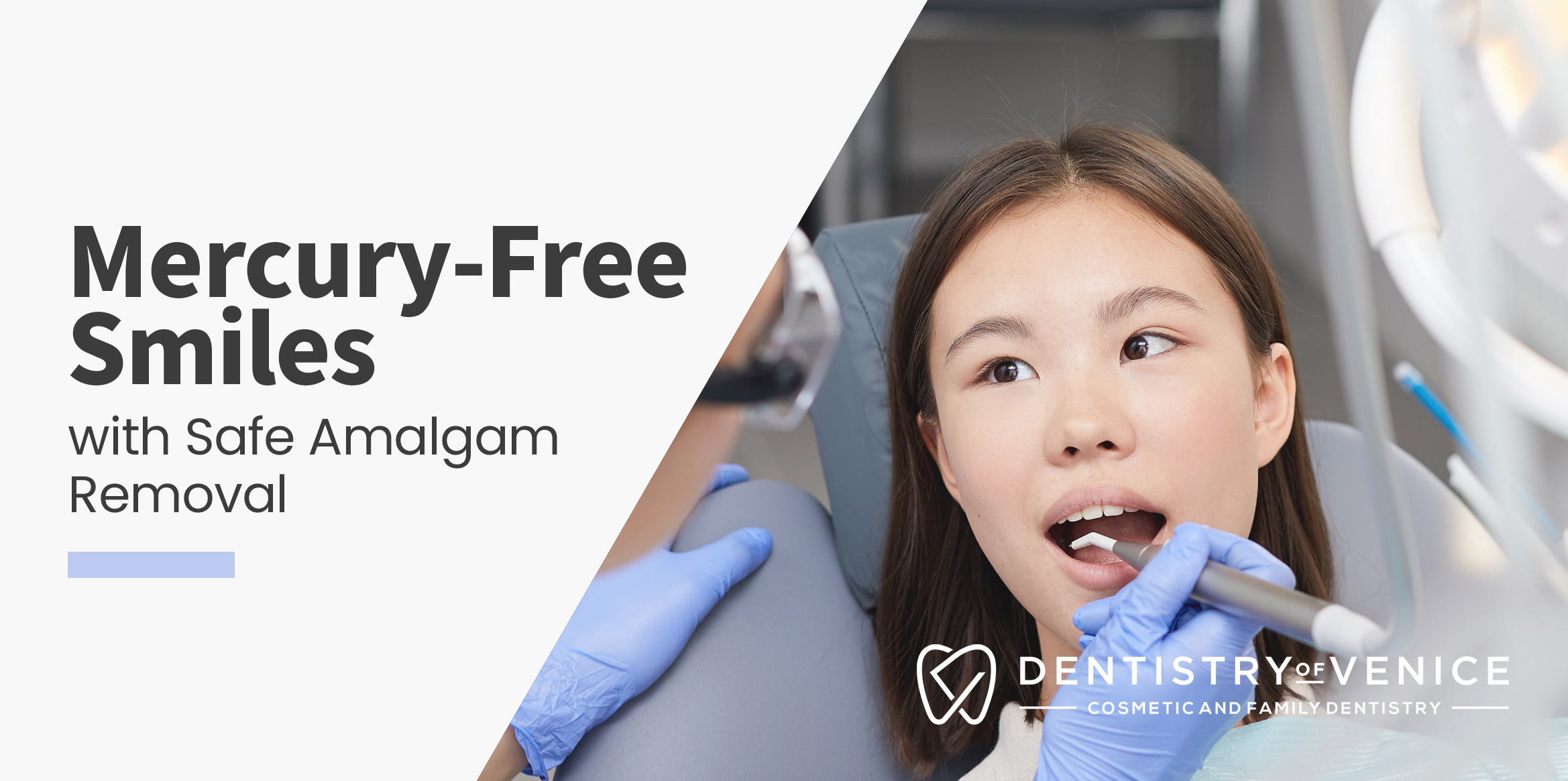Mercury-Free Smiles with Safe Amalgam Removal
Mercury amalgam fillings, often referred to as “silver fillings,” have been used in dentistry for over a century. While they are effective in treating cavities, concerns have arisen regarding the safety of these fillings due to their mercury content. The potential health risks associated with mercury exposure have led to an increasing demand for safe mercury amalgam removal procedures. In this article, we will explore the importance of safe mercury amalgam removal and the steps involved in the process.
Understanding the Concerns
Mercury is a potent neurotoxin, and exposure to even small amounts of elemental mercury vapor can pose health risks. When mercury amalgam fillings deteriorate or are removed without proper precautions, they can release mercury vapor, potentially impacting both the patient and the dental staff. To address these concerns, the dental community has developed guidelines and protocols for safe mercury amalgam removal.
Safe Mercury Amalgam Removal Protocols
Dental emergencies can encompass a wide range of issues, but common examples include:
1. Use of Isolation Techniques
Safe mercury amalgam removal begins with the use of isolation techniques. Dental dams or rubber dams are employed to isolate the tooth being treated. These barriers prevent the inhalation or ingestion of mercury particles and debris during the removal process.
2. High Volume Suction
High-volume suction systems are crucial to remove mercury vapor and particles from the patient’s mouth as they are released during the procedure. This prevents the inhalation of harmful substances and ensures a safer environment for both the patient and dental staff.
3. Protective Equipment
Dental practitioners performing mercury amalgam removal should wear appropriate protective gear, including gloves, masks, and eyewear, to minimize their exposure to mercury vapor and debris.
4. Filteration Systems
Advanced filtration systems are used in the dental office to capture mercury particles and vapor, preventing their release into the atmosphere.
5. Proper Ventilation
Adequate ventilation in the dental office is essential to ensure that any mercury vapor is quickly and effectively removed from the treatment area.
6. Minimizing Contact with Amalgam
During the removal process, the dental practitioner takes care to minimize contact with the amalgam filling to prevent its fracturing. Minimizing the filling’s exposure to friction and heat reduces the potential release of mercury vapor.
7. Patient Instructions
Patients are provided with instructions before and after the procedure, emphasizing the importance of adhering to safety protocols and guidelines for their own well-being.
Benefits of Safe Mercury Amalgam Removal
1. Health and Safety
The primary benefit of safe mercury amalgam removal is the protection of both patients and dental professionals from potential mercury exposure. By following established safety protocols, the risk of adverse health effects associated with mercury vapor inhalation is significantly reduced.
2. Aesthetics
Many patients choose to have their mercury amalgam fillings replaced with tooth-colored, biocompatible materials, improving the aesthetics of their smiles.
3. Improved Biocompatibility
Tooth-colored composite fillings or porcelain restorations are biocompatible and contain no mercury. They provide a safer and more natural alternative to mercury amalgam fillings.
Conclusion
Safe mercury amalgam removal is essential for protecting the health and well-being of dental patients and professionals. Dentists who follow established protocols and safety measures ensure that the removal process is as risk-free as possible. Patients who have concerns about their existing mercury amalgam fillings can call us today for a free consultation at 941-441-9275.




